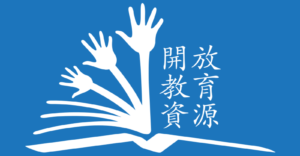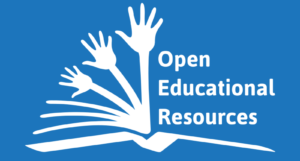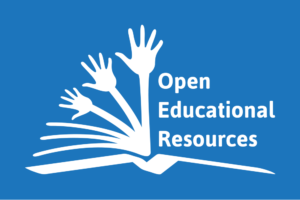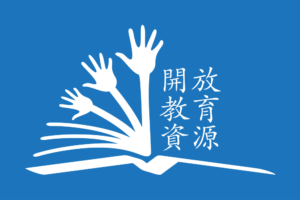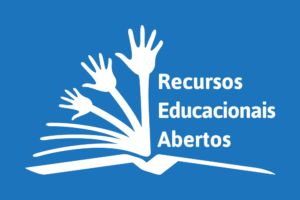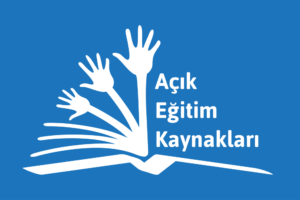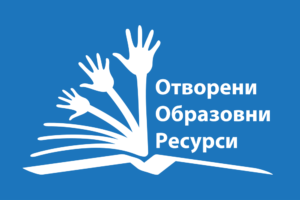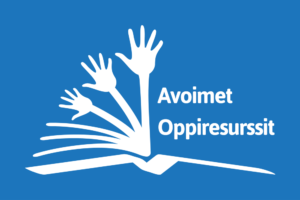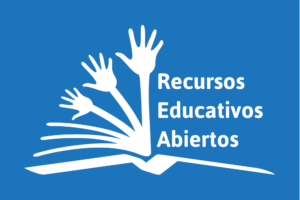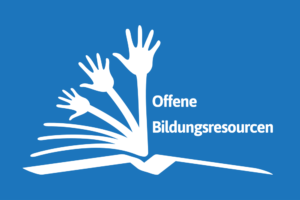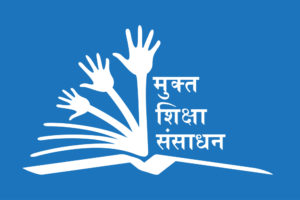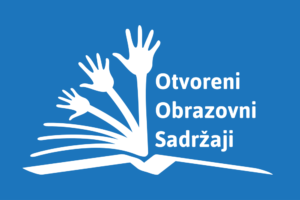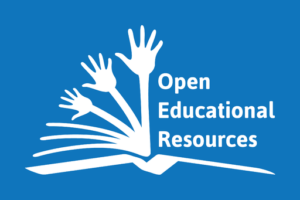Defining the term OER
You may have heard the term “OER,” and wondered – what exactly does it mean? OER refers to any educational content that is ‘free’ and ‘openly-licensed.’
- Free – No cost to students, so no exorbitant textbook prices
- Openly-licensed – When something is ‘openly-licensed,’ it means that the author/creator has made their work available for others to use, share, and adapt, typically by licensing the work with a Creative Commons license or other open-source license.
In other words, OER:
- Are teaching materials that can be shared freely and publicly, and
- Provide explicit legal permission to adapt the materials for customization
“OER may include everything from a single video or lesson plan to a complete online course or curriculum and also include the software platforms needed to create, change, and share the materials.”
Sparks, Sarah D. (March 28, 2017) “What Is OER? Answers to 5 Questions About Open Educational Resources.” Education Week
OER are often delivered in digital formats online, but they can be shared in print as well.
This type of “open” sharing is a newer model, different from what is permitted under traditional copyright. OER can increase access and equity by making course materials more readily available to students in a period when textbook costs are higher than ever.
OER vs. free materials
What is the difference between learning material we describe as ‘OER’ and learning material we describe as ‘no-cost’ or ‘free?’
The critical thing that sets OER apart from cost-free resources is that they have what is colloquially referred to as “open licenses.” This means the author/creator has chosen an intellectual property license to allow their work to be available for others to use, share, update, revise, and adapt. This means you don’t need to purchase a copy or contact the rights holder for permission to redistribute or adapt the work.
This is achieved by authors selecting a Creative Commons license ![]() for their work. These licenses provide a transparent way for authors to grant permission for users to do the 5Rs.
for their work. These licenses provide a transparent way for authors to grant permission for users to do the 5Rs.
What are the 5Rs?
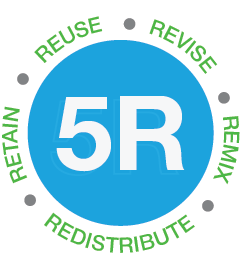
- Retain – permission to own, archive, and make copies of the content
- Reuse – permission to reuse content in its unaltered form
- Revise – permission to adapt, adjust, modify, and alter content
- Remix – permission to combine original or revised content with other content to create something new
- Redistribute – permission to share copies with others in its original, revised or remixed form
(You may see this referred to as the ‘5 R’s’)
This type of “open” sharing is a newer model, different from what is permitted under traditional copyright.
Identifying learning materials that are OER
The way to determine if a learning material is OER is by looking for the intellectual property license. If you see it has a Creative Commons license that permits editing and remixing, then you can call it OER! We’ll go into more detail about the mechanics of this in a further section, but for now, to understand why open educational resources came about, it’s important to review intellectual property and current copyright law.
Quick Guide Pages: First | ← Previous Page | Next Page → | Last |
